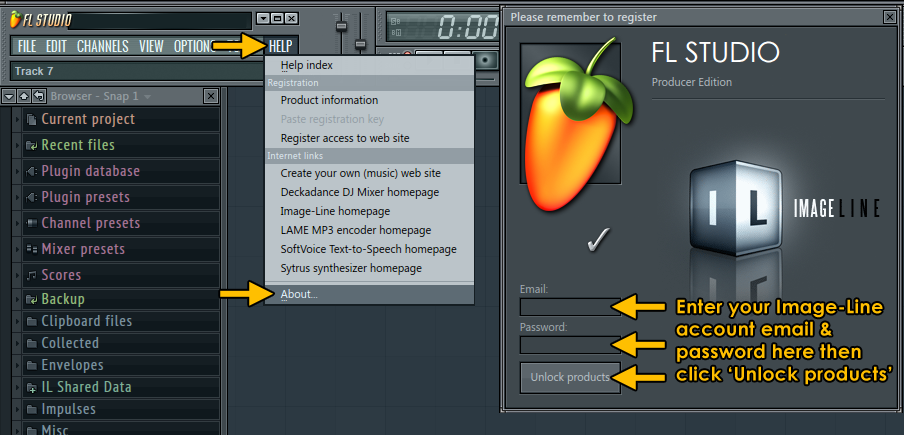

"That was definitely the most famous usage of stock FL Studio samples," 24-year-old post-EDM experimenter Porter Robinson tells THUMP over the phone. When "Crank That" came out in 2007, it exemplified not only FL's functionality, but the ear-catching quality of its default presets. "It would be almost lethal to put efforts into other products," Cannie says.
Fl studio 10 demo cracked#
Today, the demo gets 30,000 downloads a day (still, mostly users with cracked versions of the software), and FL Studio is Image-Line's only offering. Someone new to music production-a child, even-could play around with the colorful interface and walk away with something that resembled an actual song. But in that time, FruityLoops developed a reputation for being remarkably easy-to-use, something that would reveal itself to be the program's major advantage over the industry standards. It took almost five years for the program to start making any money from users buying legitimate licenses. We had financial software, web development software… we had to do it to keep FruityLoops alive, because there was virtually no income." "Thousands of people used it, but not a single soul was paying for it. "If it was our only product then, we would've been dead just from pirating," says Jean-Marie Cannie, the 49-year-old founder of FL Studio's parent company Image-Line, via a Skype call from Belgium. Worse yet, illegal downloads of the program became widespread long before the company started turning a profit, threatening to thwart the project in its infancy.

Fl studio 10 demo pro#
Other DAWs like Sonar and Cubase-made by Cakewalk and Steinberg, respectively-were Pro Tools' chief competitors, and Sony's Acid was the premier software for creating loops, so a goofily named program from Belgium's then-fledgling Image-Line was kind of a non-starter.įor one thing, FruityLoops was only available on Microsoft Windows, which over the next decade would be successfully obliterated by Apple as the operating system at the crossroads of art and technology. In 1998, its inaugural release was a drop in the moat surrounding Massachusetts-based tech company Avid's Pro Tools empire, then the industry standard for digital audio workstations (DAWs), which at the time consisted mainly of loop-making software you could record with. The beat-making program once known as FruityLoops has spent the past several years winning a tortoise-and-hare race like no other.

It gave access to create… I could make any type of beat that I wanted, pretty fast." I made the beat first, then I wrote it, then we made the dance. "It wasn't even a full, registered purchased program," he says. "Crank That" was one of Soulja Boy's first attempts at making a song he hadn't even fully unpacked the software when he made it. Every day when I'd get home from school, I'd make a beat." "I was on a wave when I made that," Soulja Boy says of the song's easy construction, speaking over the phone.


 0 kommentar(er)
0 kommentar(er)
